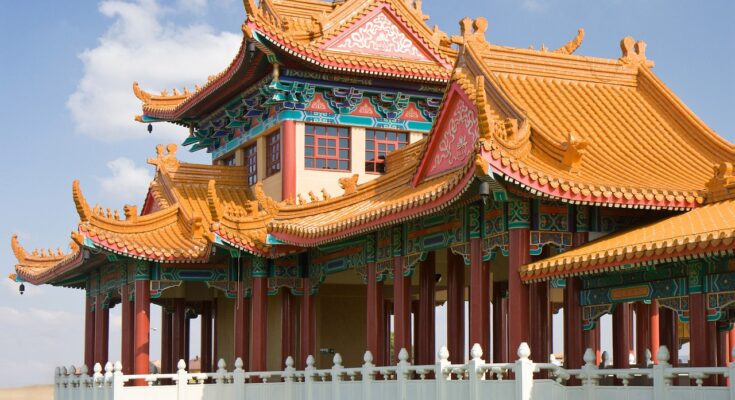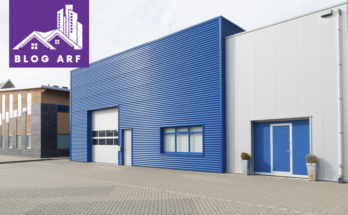When historians try to figure out how people lived in past, they often look at holy buildings to learn more about culture of that time. A historian would use which of the following religious buildings?
These amazing works of architecture silently record beliefs, practices and social norms of places where they were build. How does a historian decide which holy places to study, though?
Religious Buildings
A historian would use which of the following religious buildings? A historians can look at building style. Buildings from different times and places have different features that show how art and culture affected those times and places.
The building elements use can also tell you a lot about available resources and technical advances that are made at time.
A historian would use which of the following religious buildings? It may also look into religious events and traditions that were connect to a certain building.
The way these buildings work and are set up often reflects religious practices of area. It showing what their spiritual beliefs are and what their community values are.
In addition, historical background of sacred buildings is very important to how we know them. Whether it was a time of peace, war, or cultural exchange, these buildings show effects of past events that shaped their construction.
Another thing that can be important is where a holy building is located. Different places have different religious practices.
Historians may choose buildings that are in places where different religious beliefs meet, which can lead to verstile architectural styles.
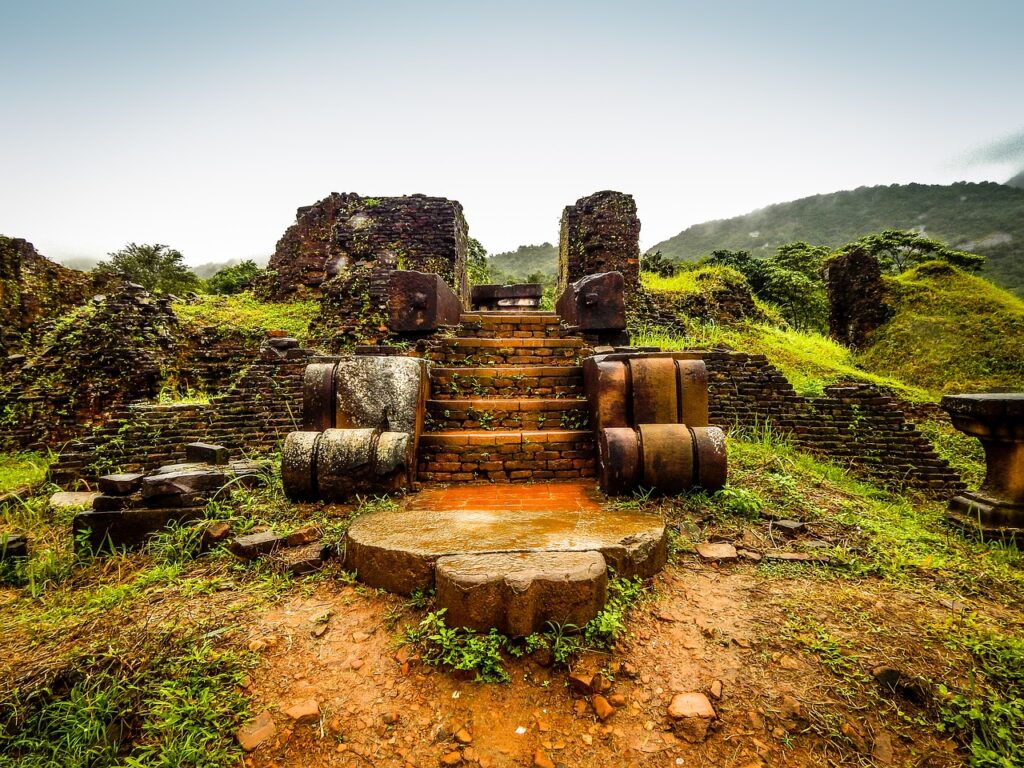
Finally, a historian would use which of following religious buildings to pick which holy buildings to study by looking at things like buildings’ style, purpose, historical value and place in area.
Historians would use which of these holy buildings? As historians carefully study these buildings, they open up to past and let then see how stones and pillars of these holy places are woven together with threads of human history.
What can we learn about cultural and artistic effects of a certain period from style of architecture of holy buildings?
The style of architecture used in church buildings shows what was popular in art and culture at time it is build.
The complex design elements and building choices in these buildings show aesthetic and social values that shaped their creation.
Whether it has elaborate carvings, towers or spires. Every detail of architecture tells a quiet story about period in which it is create. It shows how a community saw itself and outside forces that had a lasting impact on its art.
Significance of Religious Buildings in Historical Contexts
1. Visual Expression
The style of art and culture of a certain time are see in way holy buildings look. Styles that are too simple or too detailed can show what people liked at that time.
2. Aesthetic Choices a historian would use which of the following religious buildings?
The decisions about how to create something, like whether to use lots of decorations or keep things simple, show how art has changed over time. Seeing a picture to figure out what was hot in art world is like that.
3. Symbolism in Form
Different parts of a building may have different meanings that show us what is important to that culture. Think about how shape of a door or window could hide a message about what someone thought.
4. Materials Speak of A historian would use which of the following religious buildings?
The building elements tell us about tools and technology that people had at time. Building with wood, stone, or metal shows how people used tools and skills back then.
5. Cultural Identity
The way people act is show by their religious buildings. They show verstile character and spirit of a town through their building, like a culture mirror.
6. Evolution Over Time a historian would use which of the following religious buildings?
How buildings look today and then shows how tastes and opinions changed over time. It’s like going to a fashion show, but with houses. You can see how styles change over time.
7. Regional Distinctiveness
Every place has its style. We can tell where a building comes from and learn about habits and customs of area that shaped its design by looking at its architecture.
8. Socioeconomic Impact
How A historian would use which of the following religious buildings? rich or poor a society was can be seening by how complicated or simple its holy buildings were. It’s like judging someone by way they live by looking at their house.
9. Cross-Cultural Influences
When different countries came together, their styles of architecture showed. The way that different cultures are affects each other can be seening in a way that houses are build.
10. Religious Practices Reflection
The faith practices of a group are seening in how a building is set up and how it is use? The way a building is set up tells us about routines and practices, like how you look at a stage to figure out a show.
11. Historical Events Echoed
Architectural changes may be connect to big events like wars or times of peace. Looking at buildings is like reading a story; they can talk about people and events that shaped them.
12. Enduring Legacy of A historian would use which of the following religious buildings?
For a long time, religious buildings held power of time they are build. They are like time boxes that keep history and culture alive for future generations.
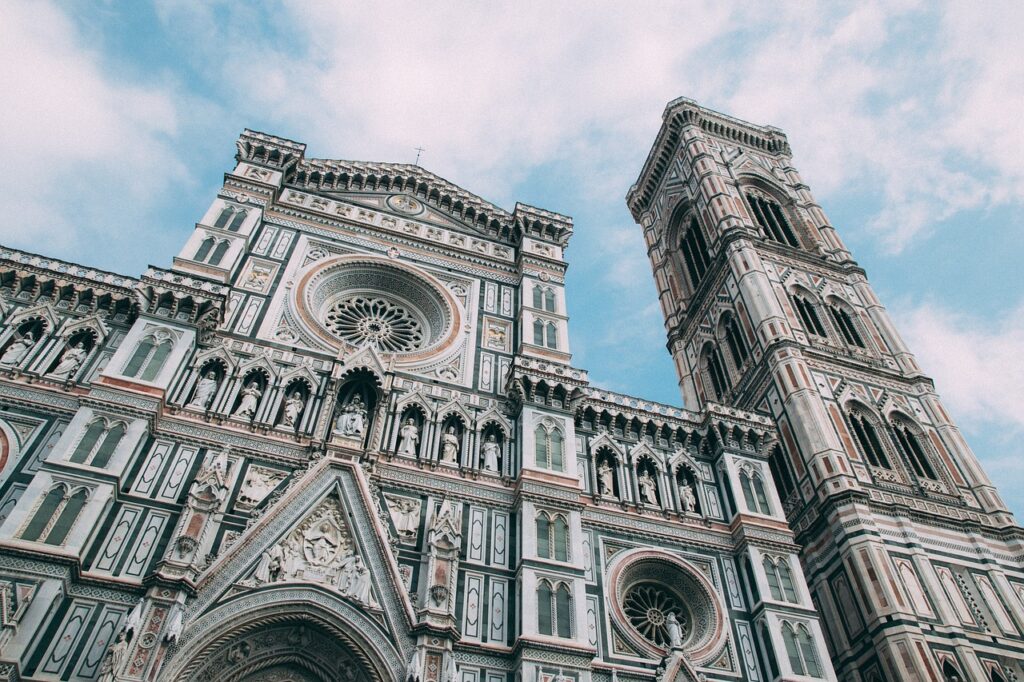
What to do and what to avoid a historian would use which of the following religious buildings?
Architectural Styles
Models of buildings are like fashion trends for homes. People liked to build their holy places at that time in history. For example, Gothic, Romanesque and Baroque styles all say different things about art and society of their time.
Influences a historian would use which of the following religious buildings?
When people create houses, choices they make about how they look have an aesthetic effect. These choices whether they went for a fancy, detailed look or a simple, clean one—show what kinds of art were popular at time.
Symbolic Elements of A historian would use which of the following religious buildings?
There are often parts of buildings that are very important. Like having a secret code built into building. For example, a way a door or window is shaped could send us secret messages about cultural values that a person wants to show.
Materials A historian would use which of the following religious buildings?
The things that are use to build tell us a lot about tools and materials that people had. The technology and tools that were available at that time can be seening in stone, wood or metal that are use.
Cultural Identity A historian would use which of the following religious buildings?
Imagine a building as a mirror reflecting culture it comes from. Religious buildings embody versatile identity and spirit of a community, a historian would use of following religious buildings to tell us who they are through the way they are buil.
Evolution Over Time A historian would use which of the following religious buildings?
Styles of buildings change over time, just like styles of clothes and hair. By looking at how building styles change over time, we can see how tastes in art and culture changed over time.
Regional Distinctiveness
A historian would use which of following religious buildings As with building types, each place has its versatile way of doing things. Like a cultural stamp, different parts of holy buildings in different areas show us norms and customs that shaped their designs.
Architectural Insights of A historian would use which of the following religious buildings?
Provides valuable insights into architectural styles, offering a visual apprehend of artistic and cultural trends during specific historical periods.
Cultural and Symbolic discernment
Decoding architectural elements can help people better grasp cultural and symbolic meanings by showing secret cultural values and meanings hidden in building’s shape.
Historical Contextualization
Changes in architecture help put historical events in context by connecting changes in building types to larger social, political, or historical trends.
Technological and Resource Assessment
The study of building materials sheds light on tools and methods used during a certain period and lets you judge level of technology and resources that were available at time.
Preservation of Cultural Identity
As physical representations of cultural identity, religious buildings capture and keep versatile soul and spirit of a community through different times and places in history.
Regional and Cross-Cultural Comparisons
Makes it easier to compare things from different regions and cultures by showing how local practices and customs have affected architecture.
Evolutionary Insights Over Different Periods
Includes a summary of cultural and artistic tastes and how they changed over time, showing how building styles changed during different times in history.
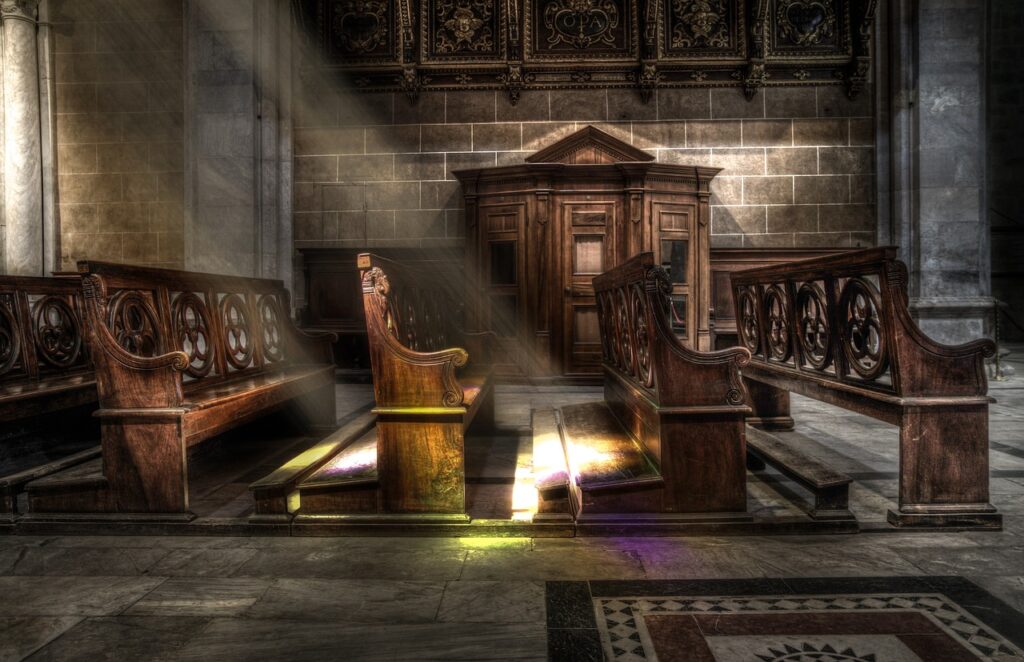
Final Conclusion
In conclusion, studying sacred a historian would use which of the following religious buildings? way for scholars to figure out how complicated human history is.
Which of following listed holy buildings would a writer use? Historians can learn a lot about art and culture of different times by looking at building styles, aesthetic inspirations and symbolic elements.
A historian would use which of the following religious buildings? used and versatile features of area show more about technology, resources and customs that shaped these structures.
These A historian would use which of the following religious buildings? which represent cultural identity, show not only how architectural styles have changed over time but also how different societies’ economies and cross-cultural factors have affected them.
While they offer a well-known look into past, it is a historian would use which of following religious buildings to be aware of problem. A historian would use which of the following religious buildings? such as fact that historical information could be lost due to problems with preservation and that representation is inherently biased.
Even so, religious buildings have a lasting impact that connects us to our shared history. The stones of these architectural masterpieces tell a story of how people have lived different and changing lives over time.
Frequently Asked Questions
What role do materials used in construction of religious buildings play in awareness technological advancements and available resources of a specific era?
The building materials used in sacred buildings tell us a lot about technology and resources that were available at a certain time. For example, choice between stone, wood and metal shows a level of skill and construction that was common at that time, which shows how far technology had come.
In what ways do layouts and functionalities of a historian would use which of the following religious buildings?
The ways that religious buildings are set up and what they can do reflect religious ceremonies and practices of groups that made them.
For example, areas set aside for events, chapels, or prayer places show how closely architecture is linked to religious activities that are important to community.
How does the historical context surrounding construction of religious buildings contribute to their interpretation and significance?
A lot of what makes holy buildings meaningful and how they are interpreted is rooted in a history of their construction.
Awareness political, social and cultural climate at time of building gives researchers a more complete picture. This helps them put the purpose and meaning of these structures in bigger picture of the time.
What impact does the geographical location of a religious building have on its architectural style and religious significance?
To find out more about rich weaves of religious mixing and cultural exchange, historians might choose to study religious buildings in places where different religions meet.
Looking at how different religious views come together in building forms can help us apprehend how different religious groups interact with each other, showing a special mix of cultural influences and shared places.


